Herb garden
A garden full of useful and beautiful plants
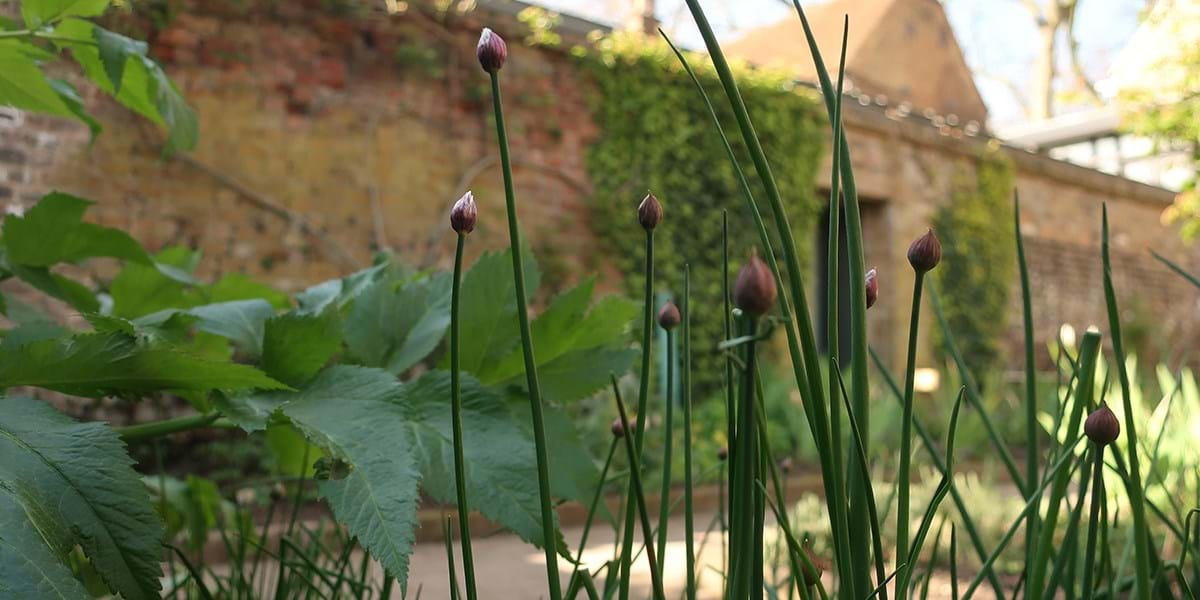 Photograph by Harriet Maxwell
Photograph by Harriet Maxwell
What is a herb garden?
Herbs are useful plants.
They can be a source of flavouring for our food, for medicine and healing remedies, for fragrance and scent, for cleaning and cosmetics. We eat them, we use them to dye our clothes, and bees need them too.
We have lots of common and some unusual herbs. Each bed has a different focus.
Herbs for fragrance
Aromatic herbs can be very soothing, good for the body and mind.
The fragrances of plants either attract or repel. A plant can lure insects to ensure its pollination. A plant can defend itself against parasites and other threats with repellent smells.
Southernwood
Artemisia abrotanum
Used to deter flies and moths
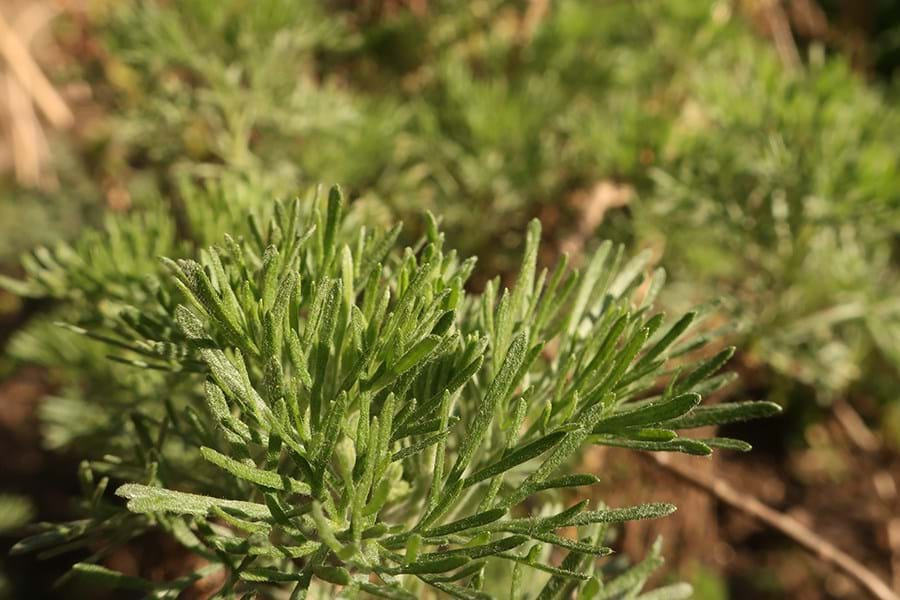 Photograph by Harriet Maxwell
Photograph by Harriet Maxwell
Oris root
Iris germanica var. florentina
Once added to baths for the scent of violets
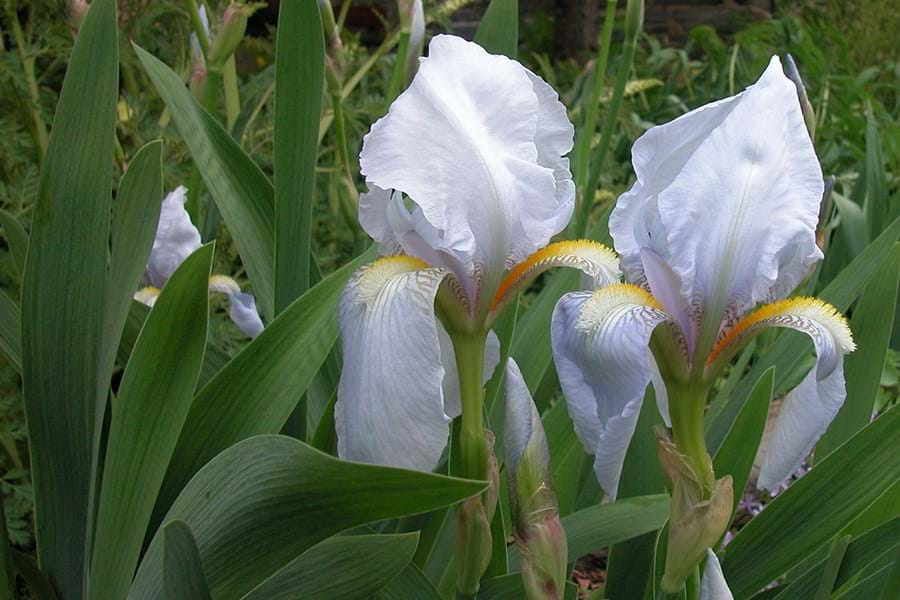 "Iris germanica var. florentina" by Tie Guy II is licensed under CC BY-NC-SA 2.0
"Iris germanica var. florentina" by Tie Guy II is licensed under CC BY-NC-SA 2.0
Herbs for bees
Bees and other pollinators are vital for human survival.
Bees pollinate lots of the crops and plants we eat, like apples, pears, coffee and vanilla. They transfer pollen between flowering plants but are threatened by exposure to pesticides.
Jacob's ladder
Polemonium caeruleum
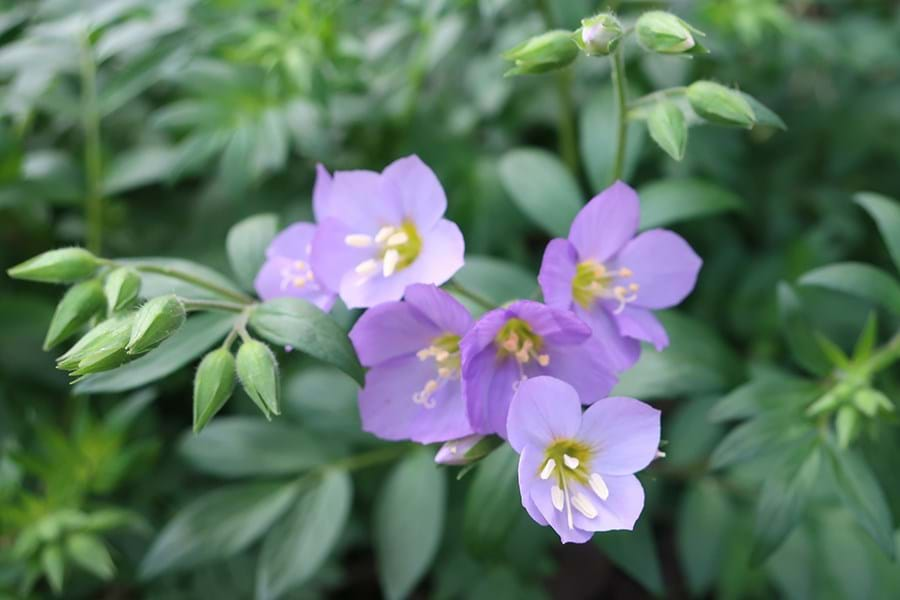 Photograph by Harriet Maxwell
Photograph by Harriet Maxwell
Silver dead nettle
Lamium maculatum
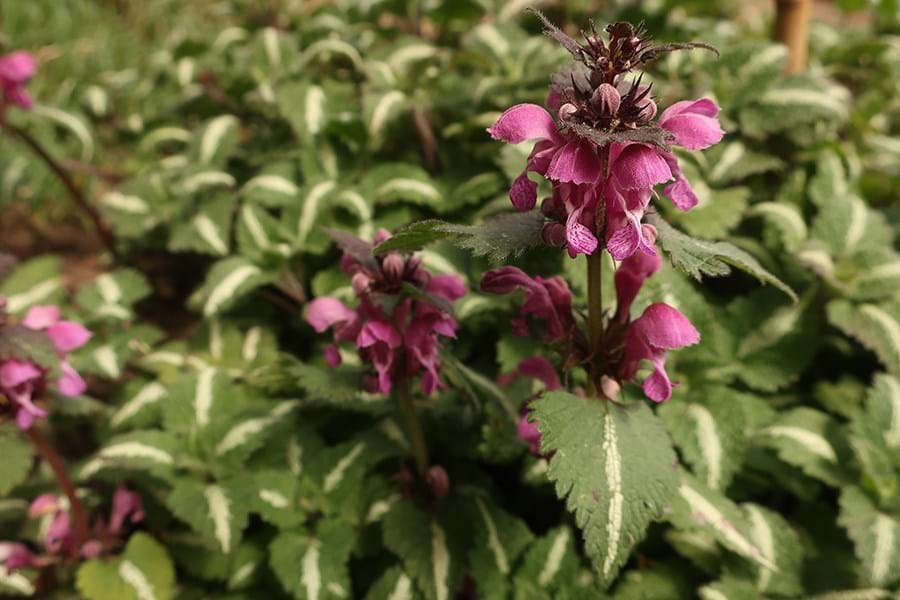 Photograph by Harriet Maxwell
Photograph by Harriet Maxwell
Herbs for cooking
Lots of herbs have strong flavours.
We have used herbs to season and preserve food for centuries.
Angelica
Angelica archangelica
Stems are candied and leaves added to stewed fruit
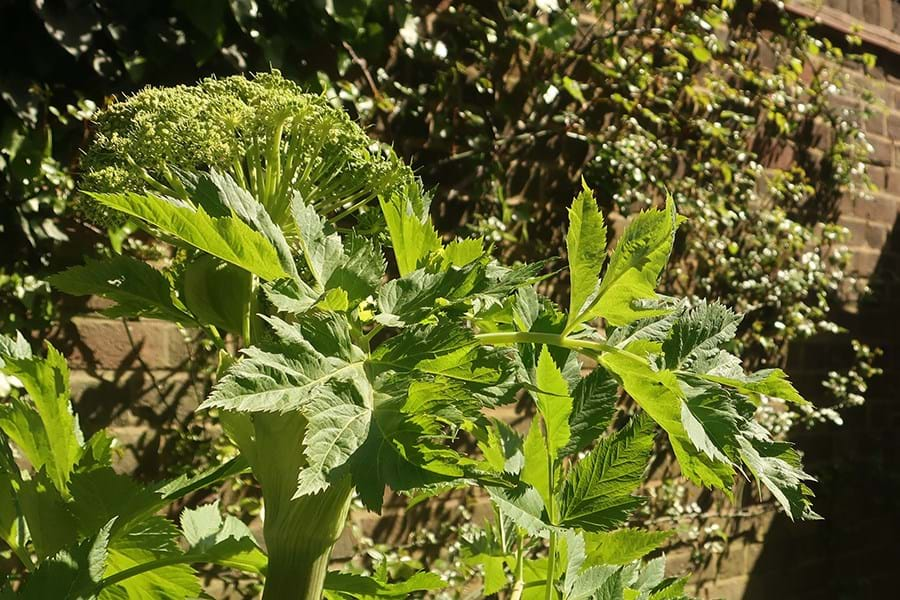 Photograph by Harriet Maxwell
Photograph by Harriet Maxwell
Lovage
Levisticum officinale
Tastes similar to celery
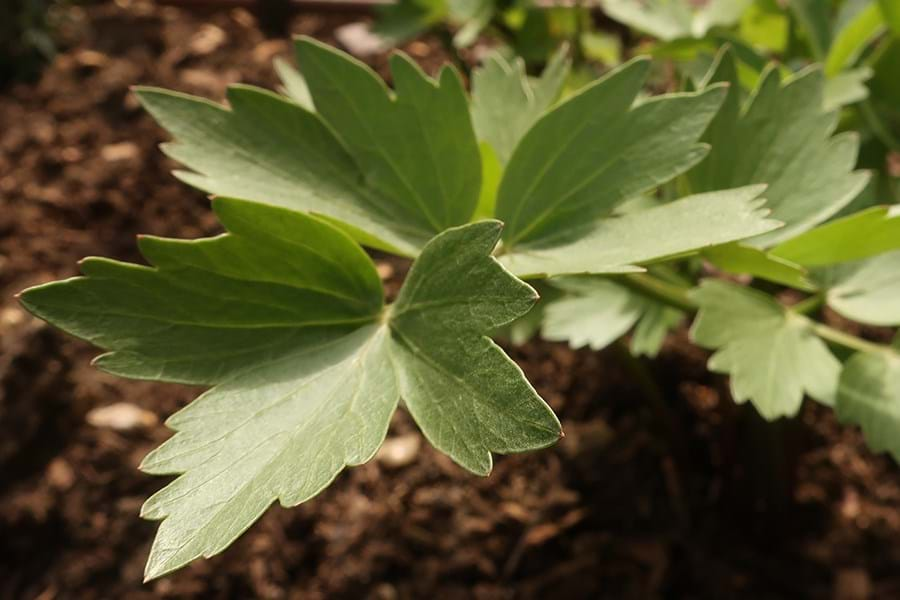 Photograph by Harriet Maxwell
Photograph by Harriet Maxwell
